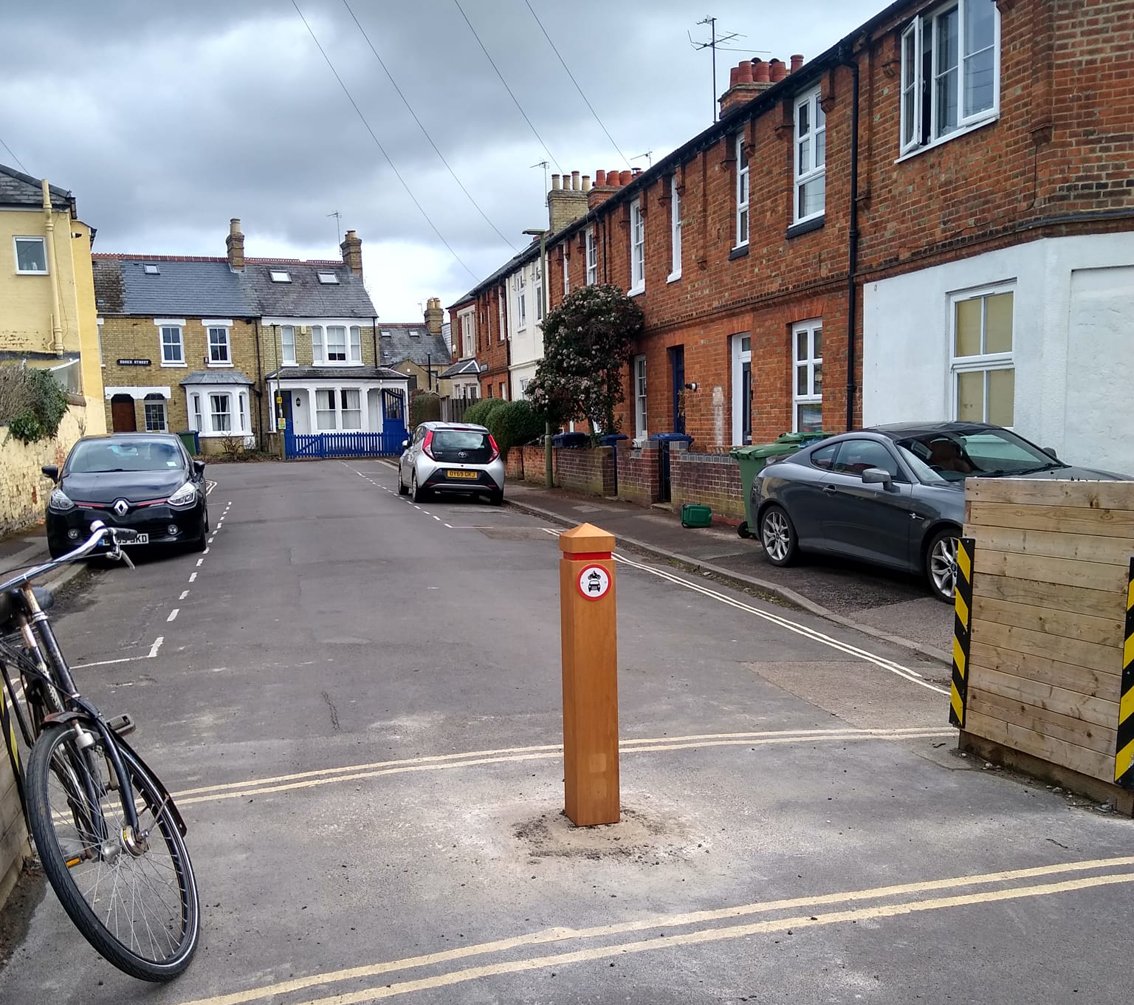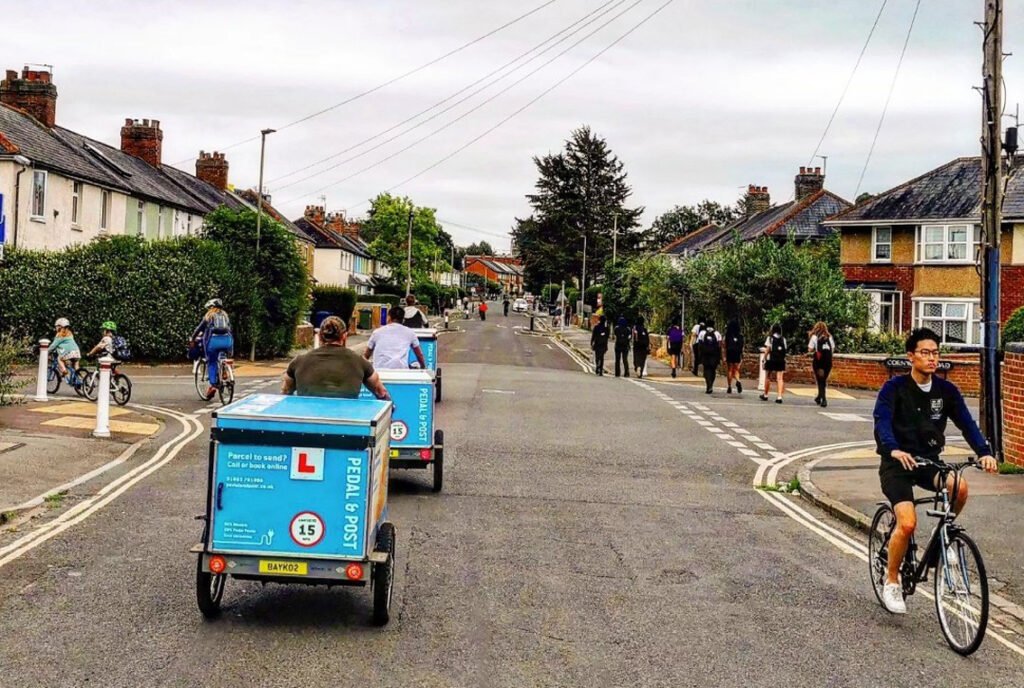East Oxford LTNs approved

By Robin Tucker and Alison Hill
Robin is Co-Chair of the Coalition for Healthy Streets and Active Travel (CoHSAT) and Alison is Chair of Cyclox
On 17 October, the first meeting of Oxfordshire County Council’s newly formed Liberal Democrat and Green Cabinet was faced with one of the most difficult and controversial decisions it will have to make. This was the decision to make the East Oxford Low Traffic Neighbourhoods (LTNs) permanent.
The meeting room was packed. Thirty people addressed the Cabinet, some vehemently opposed to the LTNs and to the process of democratic decision making, others expressing equally strong views in favour. There was a lot of emotion in the room and a bit of heckling too.
Why do we need LTNs?
The East Oxford streets which were the focus of the meeting were built as LTNs in the late 1800s. But over time a growing volume of traffic cutting through these residential streets has removed the freedom of movement for people to walk, wheel and cycle, unless they are brave enough. Children have lost the freedom to walk to school or play with their friends in the street, because their parents are worried about the traffic. Some people have lost the freedom to have good health, with air pollution causing asthma, lung and heart diseases, to say nothing of road injuries.
The purpose of the LTNs was to:
- return streets to residents
- make them safe for walking and cycling
- reduce damaging air pollution
Several speakers described the joy of seeing the huge increase in children and teenagers walking and cycling to school. Evidence of this is that primary schools in the area are running out of cycle parking space.

How do they work?
LTNs were introduced as a trial in May 2022. They remove intimidating cut-through traffic making residential roads safer and encouraging people to move away from using cars.
Opponents say LTNs increase traffic on boundary roads, those in favour say traffic evaporates as people switch. There is no question that congestion is still a problem. Traffic coming on to The Plain roundabout along St Clements and Cowley Road at peak hours is an issue. The County noted its wish to help bus services delayed by the queues.
Who wants them?
Across the UK, good-quality representative surveys show consistent 2:1 support from residents in favour of LTNs. Support is even higher from people living in the LTN areas. This is the same for Oxford residents They would prefer the genuine freedom of health to the so-called freedom of more traffic.
It hasn’t been an easy period for retail, but Cowley Road has outperformed other high streets. It has one fewer vacancy than in 2018. Had it followed the national trend there would be four more empty shops than in 2018.
Better and safer: the figures
The monitoring report that informed the Cabinet decision showed that LTNs had achieved their objectives:
- improving air quality for the majority of the 2,500 people who live in the LTN area
- increasing cycling inside and outside the LTNs by 20%
- reducing car use by 10%
- reducing congestion on many boundary roads
But the statistic that stands out is the improvement in road safety. Analysis of collisions reported to the police in the first designated Cowley LTNs show a 46% reduction in 2022 from pre-LTN levels. Look at the Crashmap website and you can see collisions cluster around each side-street junction. Seventy per cent of all collisions involving people on bikes are at junctions and this is demonstrated clearly on Cowley Road. The East Oxford LTNs have reduced the movements of vehicles into and out of these side streets, removing a major cause of collision.
In his summing up Cllr Andrew Gant, Cabinet member for Highways Management at the County Council said:
Should we take a large amount of Oxford’s congestion and put it back on residential roads?
No is the answer, and he concluded “Going back is not realistic.”
The Cabinet voted unanimously to make the East Oxford LTNs permanent.
Photo credits
CoHSAT
